Role Author Name Victor Olgyay | Buildings Mud Wall Occupation Architect | |
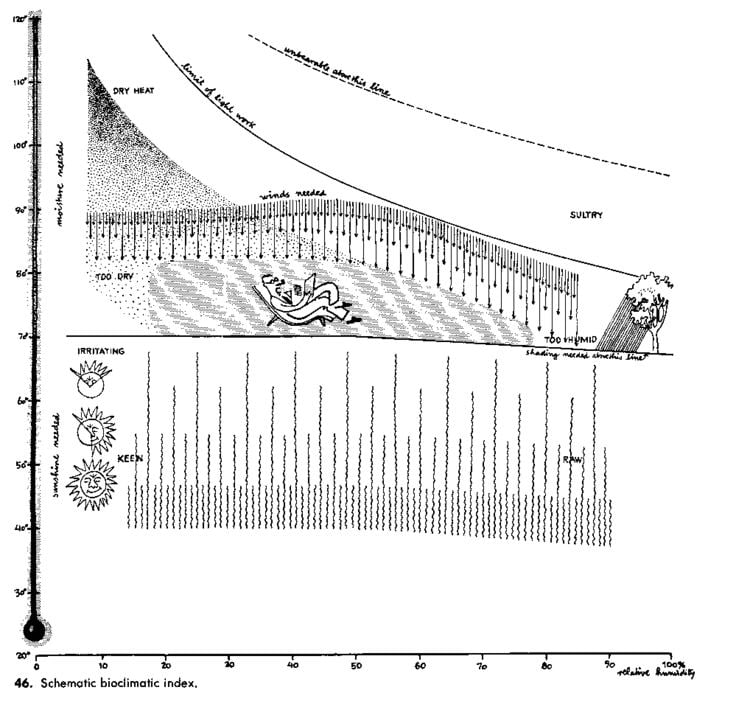 | ||
Practice Bio-Climatic Architecture Died April 22, 1970, Princeton, New Jersey, United States Education Budapest University of Technology and Economics (1934) Projects National Museum of African American History and Culture Books Design With Climate, Architectural Lighting Awards Guggenheim Fellowship for Humanities, US & Canada | ||
Aia convention 2015 look up victor olgyay
Victor Olgyay (September 1, 1910 Hungary, died 1970) Architect, city planner and pioneer of the bioclimatism. He was professor of the School of Architecture and Urbanism of the University of Princeton until 1970 and a leading researcher in the investigation on the relation between architecture and energy. He also an author of various books where he emphasize in Bio-architecture and climate.
Contents
- Aia convention 2015 look up victor olgyay
- Rmi s victor olgyay on president obama s retrofit announcement
- Background
- Architecture and Climate
- Content of Architecture and Climate
- References
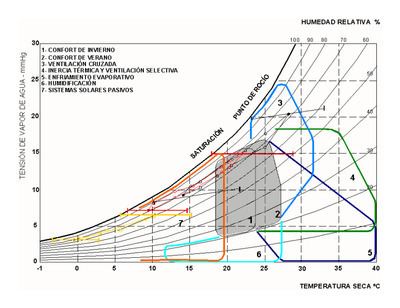
Rmi s victor olgyay on president obama s retrofit announcement
Background
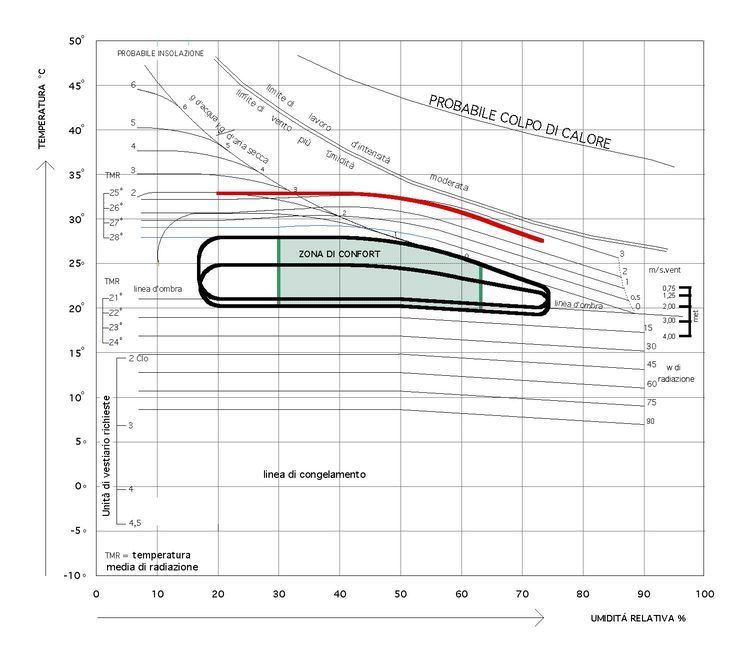
In the Middle of the 1970s, energy crisis caused a significant damage to the developed world. And the world of Physics, Engineering and Architecture added delicate efforts to give a proposal to a different way to design and to construct architecture. Therefore the term bio-climatic Architecture. This was the time period when Olgyay brothers's (Victor and Aladar) successive articles and books on bioclimatic architecture reached their height.

The first article was "The Temperate House" (1951), followed by other works on "Bioclimatic Approach to Architecture" and "To Pave to Bio-climatical Control and Orientation to Meet Requirements" (1954). More articles arose like "Sun orientation" and finally,"Environment and building shape" (1954). As of that moment the Olgyays became a huge reference to various new kind of architecture like solar Architecture, passive Architecture, bio-climatice Architecture.

Victor Olgyay died in 1970.
Architecture and Climate
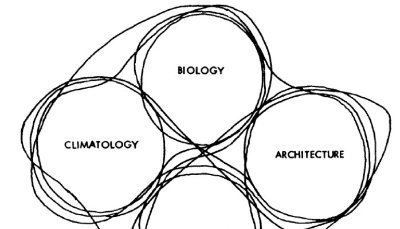
This is a book where Victor Olgyay writes about the relationship between buildings and nature surrounds it. The book is separated into three parts concerning the climate and their relationship to human being, the interpretation of the effect on climate architectonic key and to its application in Architecture and Urbanism. Altogether "Architecture and Climate", develops into one complete theory of the architectonic design, supported by logical and theoretical justifications with coherent explanation of physical principles. Olgyay also relates methods and knowledge of other disciplines like Biology, Meteorology and Climatology, Engineering and Physics. These basic principles are applicable to any present project or recycling of an old building to help them adapt to its site and thus help reduce the environmental impact that it generates.
Content of Architecture and Climate

The book is divided in three parts: Climatic Interpretation, Interpretation according to architectonic principles and Application.

Part 1: The "Climatic Interpretation" is a general introduction to a bio-climatic interpretation of climatic Elements. This first part is of great importance since it proposes his famous bio-climatic graph that is still in use today as a tool used by various bio-climatic architects world wide.
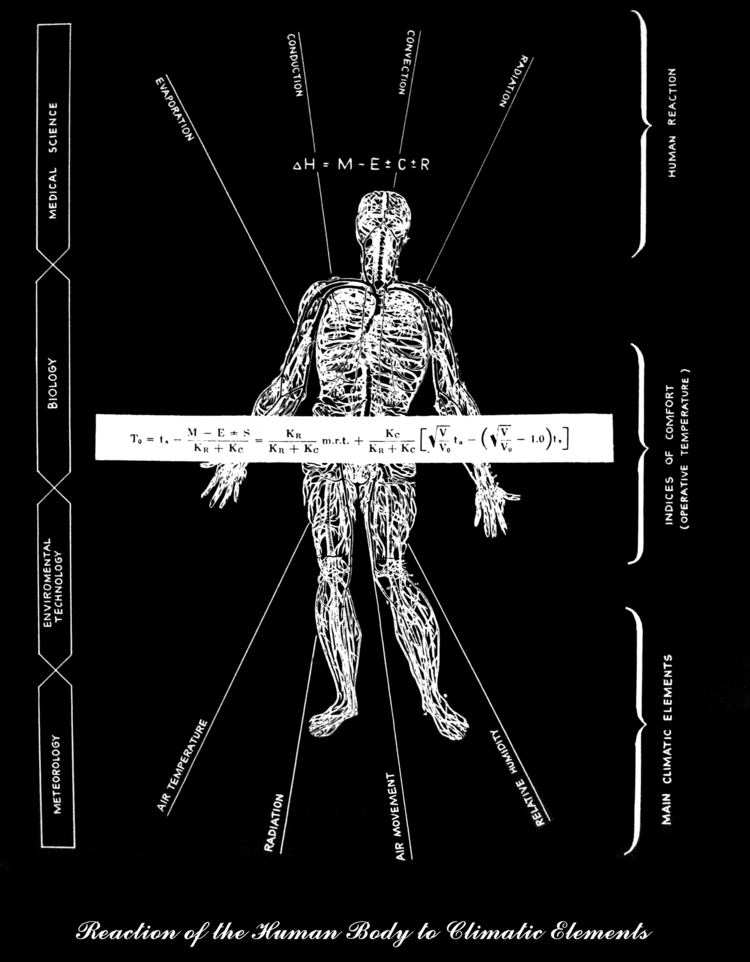
Part 2: The "Interpretation According to Architectonic Principles" goes on from Chapter 5 to 10 focuses on various Architectonic Principles. These consists of the election of location, the solar control, the wind drifts, models of air flow and the thermal effects of the materials.
Part 3: The "Application" focus mainly on the application of architectonic principles on four regions, the temperate zone, the cold zone, the warm-barren zone and the warm humid zone.
